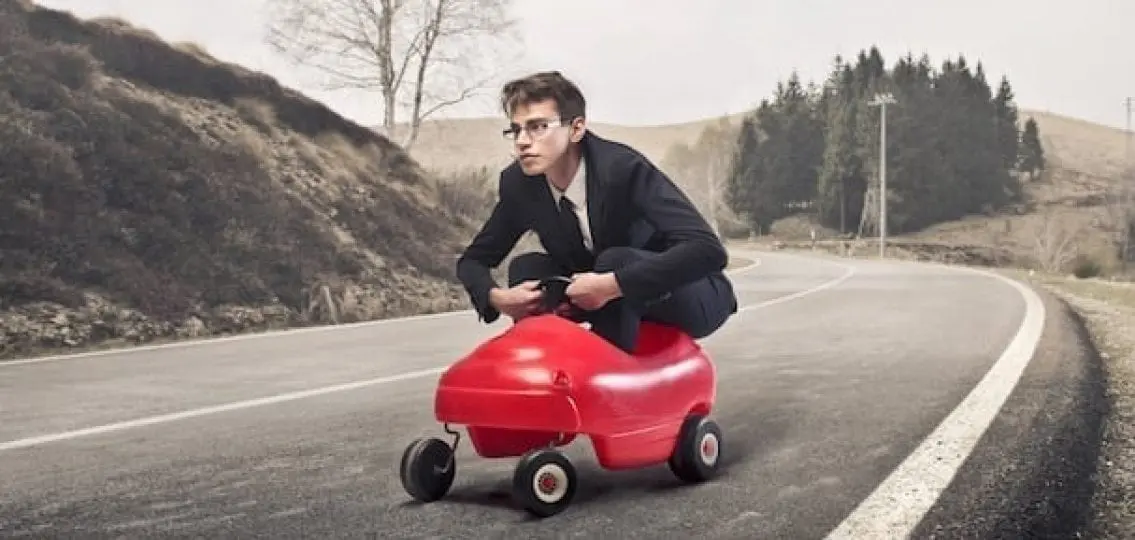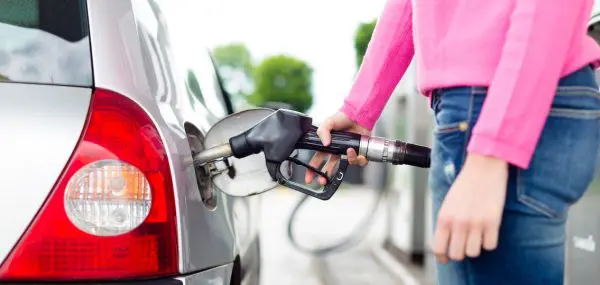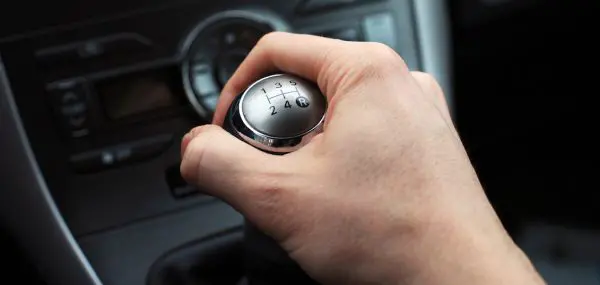If you’re like many families, your teen is driving the oldest car in the driveway. After all, why risk all those dents and dings on a shiny new vehicle? But are old clunkers really the ideal first cars for our teens to drive?
In fact, that clunker can be a mistake.
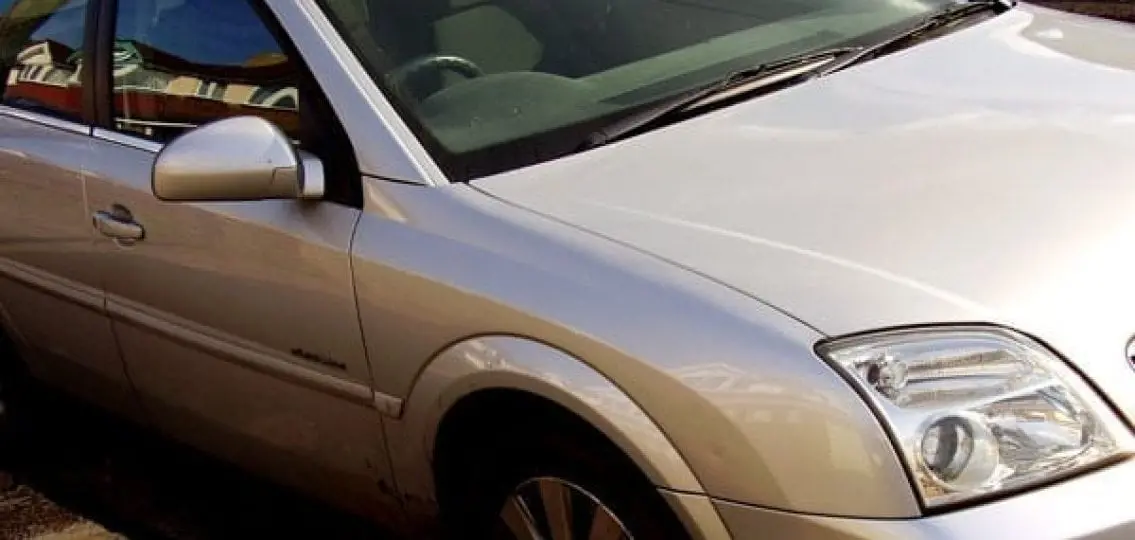
“Those cars, even if they are ten years old, don’t have safety features that newer cars have,” says Deborah Trombley, former senior program manager with the National Safety Council.
It’s not that your teenager needs to drive a brand-new car, but the ideal first car for teens to drive would be an automobile that has safety features that have become standard in only the last few years, like antilock brakes, stability control, and side- and head-protecting airbags. Tires are another safety feature to keep an eye on if you’re buying a car for your teenager. If they need replacing, don’t wait.
“All these things help protect people, so that when a crash happens, they are more likely to survive,” Trombley notes.
Meanwhile, avoid so-called high-performance vehicles. These cars, with their powerful engines, can encourage speeding and reckless teen driving. Be sure to stay away from pick-up trucks, which flip easily, and SUVs that are prone to rolling over, too.
Use online resources like the National Highway Traffic Safety Administration (www.nhtsa.gov) or the Insurance Institute for Highway Safety (www.iihs.org) to evaluate safety features on both used and new vehicles before you hand over the keys. Experts say that the safest cars for teens are cars which have earned either five stars from NHTSA or “good” from IIHS on crash tests.
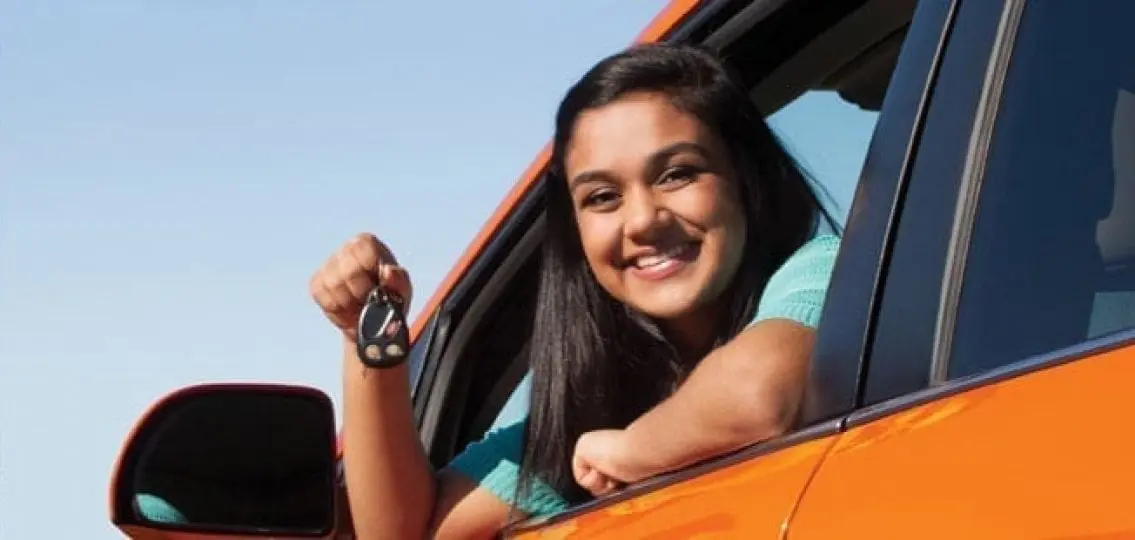
Conventional wisdom points to either old cars that are less valuable or brand-new vehicles with the newest features for teen drivers. However, for the reasons noted above, you should rethink your criteria for buying a car for your teenager. The most important criteria for should be safety, and that is often found in cars somewhere in the middle.
